Pegler Valves
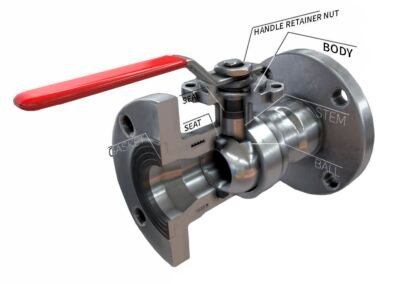
Ball Valves
Ball Valves are frequently used to operate shut-off valves to control water flow. They’re a common sight in plumbing systems. The majority of ball valves are found in water and gas pipelines. The ends of these valves are compatible with PEX pipes.Ball valve is made up of two forged metal rings that are connected by a ball. The valve is extremely impervious to moisture, allowing only a minimal quantity to flow through.

Butterfly Valves
Butterfly Valves are quarter-turn valves, which means the handle only needs to be turned 90 degrees to get from “open” to “closed.” When the disc of a butterfly valve is aligned with the flow of fluid through the pipeline, with some pressure drop from the central disc, fluid is permitted to pass through. When the disc is perpendicular to the flow, no fluid can travel through, and the flow is stopped.

Gate Valves
The gate valve is one of the most frequent types of valves used in plumbing. A twist-type handle or knob at the valve’s top controls water flow by raising or lowering an internal gate. Because gate valves are either fully open (allowing full flow) or fully closed (preventing full flow), they should never be used to regulate flow volume (stopping the flow entirely). These valves may become worn out if they are used to adjust the flow of water.
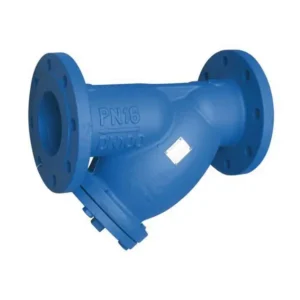
Strainer
A strainer is a pipe fitting that allows liquid to pass through for purification, filtering, or separation from solid materials; any device that acts as a sieve or filter to prevent solid bodies from mixing in a liquid stream or flowline.Pipeline debris such as scale, rust, jointing compound, and weld metal are caught by strainers, which safeguard equipment and processes from their negative effects, decreasing downtime and mainte
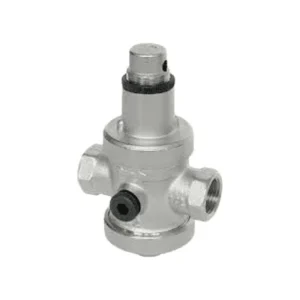
PR Valves
Water pressure-reducing valves are used to bring the overall water pressure in a plumbing system down to a safe level. They normally have a spring and diaphragm that are regulated to a particular limit, depending on the pressure of the water supply. Rather of opening or restricting water flow, the goal of pressure-reducing valves is to lower overall water pressure.
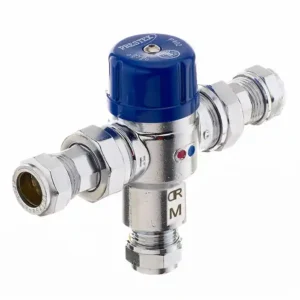
Mixing Valves
Mixing valves combine hot and cold water to provide a consistent and safe exit temperature. Mixing and tempering valves combine hot and cold water to maintain a consistent, safe outlet temperature. A water temperature mixing valve is a temperature control device that transports hot and cold water into a mixing chamber to mix them together.
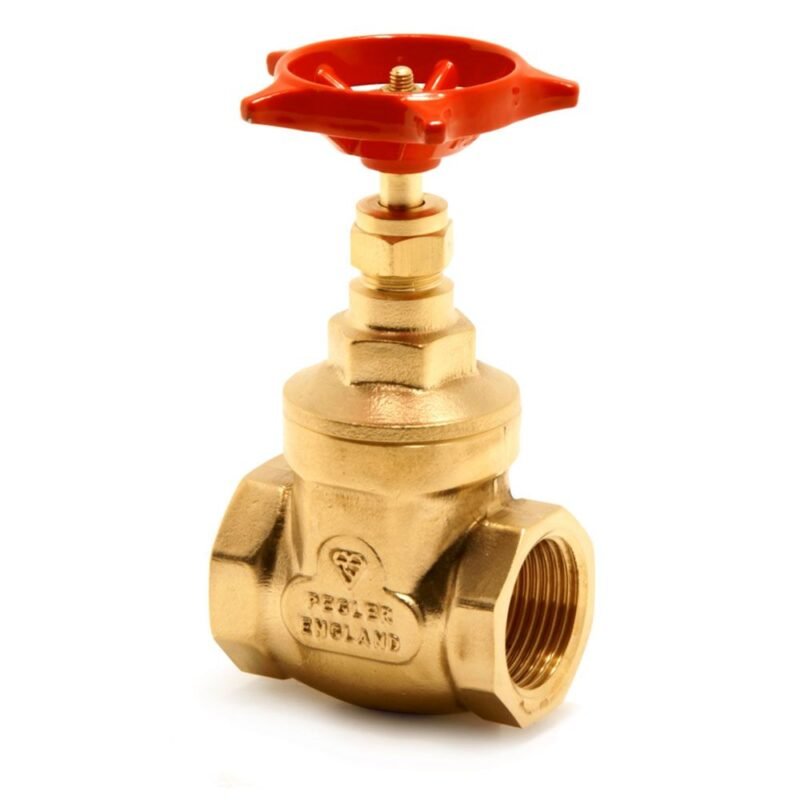
Stop Valves
Fixture shutoff valves are small valves with little twist handles or knobs that control the flow of water to specific plumbing fixtures such as faucets and toilets. There are straight varieties as well as versions that are at a 90-degree angle (also known as angle valves or angle stops). Shutoff valves allow you to operate a faucet or other fixture without turning off the water supply to the entire house.
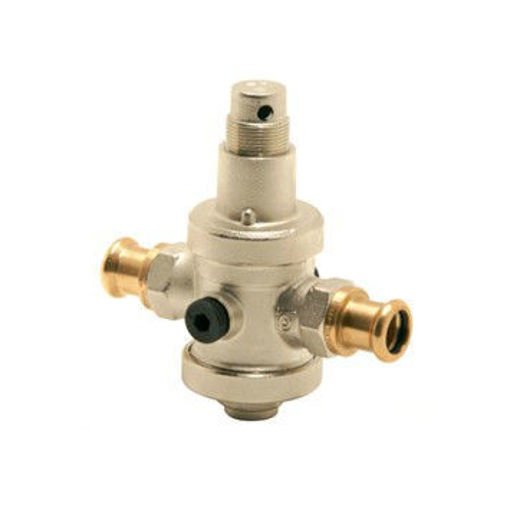
Pressure Valves
Pressure relief valves are critical components in hydraulic and pneumatic systems that keep pressures below a preset level. When downstream pressure surpasses a threshold, reduce it to a constant level. Maintain pressures downstream or upstream of the valve for an extended period of time. To protect downstream equipment, reduce the peaks or pressure pulses.
Get in Touch
[wpforms id=”9498″]